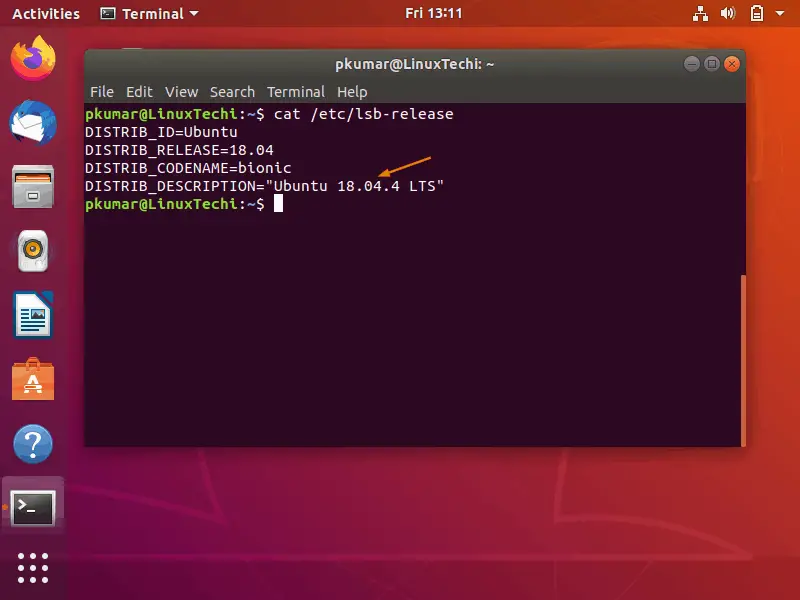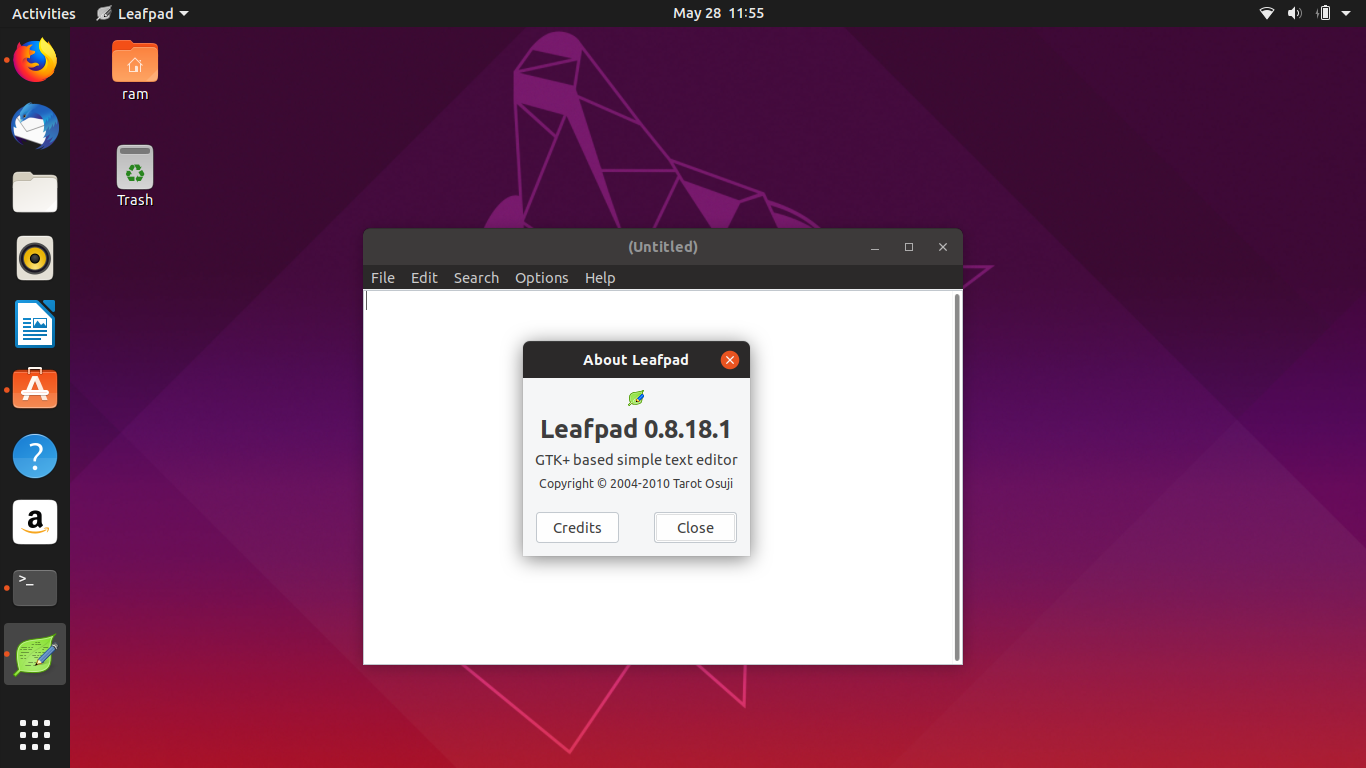

- HOW TO EDIT TEXT FILE IN TERMINAL UBUNTU HOW TO
- HOW TO EDIT TEXT FILE IN TERMINAL UBUNTU MANUAL
- HOW TO EDIT TEXT FILE IN TERMINAL UBUNTU SOFTWARE
Use the vimtutor command to quickly learn how to use vi’s keyboard commands. Run a shell command- :sh (use 'exit' to return) TheseĬursor movement- h, j, k, l (left, down, up, and right) To enter a command, type a colon ( :), followed by the command, such as w to write the file, and press Enter.Īlthough vi supports many complex editing operations and numerous commands, you can accomplish work by using a few basic commands. When finished, use the Esc key to toggle out of the insert or append modes and into the viewing (or command) To start editing, press the i key to insert text or the a key to append text. You can use your cursor or other navigation keys (as shown later) When you first start editing, you are in the viewing mode. The vi command works by using an insert (or editing) mode, and a viewing (or command) mode. You can start an editing session by using the vi command like this: Chances are better than good that vi will be available. You might need to edit files on a Linux system with a minimal install, or a remote server without a moreĮxtensive offering of installed text editors. That said, learning how to use vi is a good idea. Die-hard GNU fans and programmers definitely use emacs. Although more experienced Unix and Linux users continue to use vi extensively during computing sessions, many newer users might prefer learning an easier-to-use text editor such as pico or GNU nano. Set, but you can put it to use with only a few commands. This simple-to-use but incredibly capable editor features a somewhat cryptic command The editor found on nearly every Unix and Linux system is, without a doubt, the vi editor, originally written by Bill Joy. Make a point of opening some of the editors and playing around with them you never know-you might just thankĪnother reason to learn how to use a text-based editor under the Linux console mode is so that you can edit text files throughĭial-up or network shell sessions because many servers do not host graphical desktops. If anything does go wrong with your system, you probably won’t be able to get into the X Window system, making knowledgeĪnd experience of using both the command line and text editors such as vi important. Many larger, more complex and capable editors do not work when Linux is booted to its single-user or maintenance

Some of the text editors for the X Window System, which provide a graphical interface, such as menu bars, buttons, scrollbarsĪ good reason to learn how to use a text-based editor, such as vi, is that system maintenance and recovery operations generally never take place during X Window sessions (negating the use Note that not all text editors described here are screen oriented.
HOW TO EDIT TEXT FILE IN TERMINAL UBUNTU MANUAL
Vim-An improved, compatible version of the vi text editor (which we call vi in the rest of this chapter because it has a symbolic link named vi and a symbolically linked manual page) Nano-A simple text editor similar to the pico text editor included with the pine email program Joe-Joe’s Own Editor, a text editor, which can be used to emulate other editors Some of the console-based text editors areĮmacs-The comprehensive GNU emacs editing environment, which is much more than an editor see the section “Working with emacs” later in this chapter
HOW TO EDIT TEXT FILE IN TERMINAL UBUNTU SOFTWARE
Installed on your system depends on what software packages you’ve installed on the system. The text editors range in features and ease of use, but are found on nearly every Linux distribution. Text editors are similar to word processing programs,īut generally have fewer features, work only with text files, and might or might not support spell checking or formatting. Linux distributions include a number of applications known as text editors that you can use to create text files or edit system configuration files. Ubuntu Unleashed 2008 Edition: Covering 8.04 and 8.10, 4th Edition


 0 kommentar(er)
0 kommentar(er)
